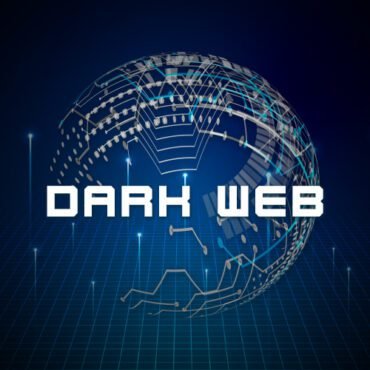Introduction
In today’s digital-first world, cybercrimes are rising at an unprecedented rate. From ransomware attacks and identity theft to corporate espionage, the scope of digital crime is vast. This has made digital forensics an essential field of investigation. A digital forensic expert’s role is to uncover, analyze, and present digital evidence that can stand up in court.
However, the strength of a forensic investigation often lies in the tools used. With the right tools, investigators can recover deleted files, trace digital footprints, and validate evidence without altering its integrity. In this blog, we’ll explore the top tools every digital forensic expert should know and why they are indispensable in modern investigations.
EnCase is one of the most widely recognized tools in the forensic community.
Developed by AccessData, FTK is another industry-standard tool.
Autopsy is a free, open-source digital forensic platform built on The Sleuth Kit.
Magnet AXIOM is designed for modern device and cloud-based investigations.
When it comes to mobile forensics, Cellebrite UFED is the market leader.
Wireshark is a powerful tool for network forensics.
Memory forensics is crucial in modern incident response, and Volatility is the tool for it.
X-Ways is a lightweight yet powerful forensic tool.
A comprehensive tool for mobile and cloud forensics.
A versatile forensic suite for disk investigations.
Conclusion
The digital forensics field demands precision, reliability, and adaptability. Whether analyzing a corporate breach, investigating financial fraud, or uncovering evidence in a criminal case, these tools empower experts to work faster and smarter.
While no single tool can address every scenario, mastering a combination of these top forensic tools ensures that an investigator is well-equipped to handle the complexities of today’s digital crimes.





Post comments (0)